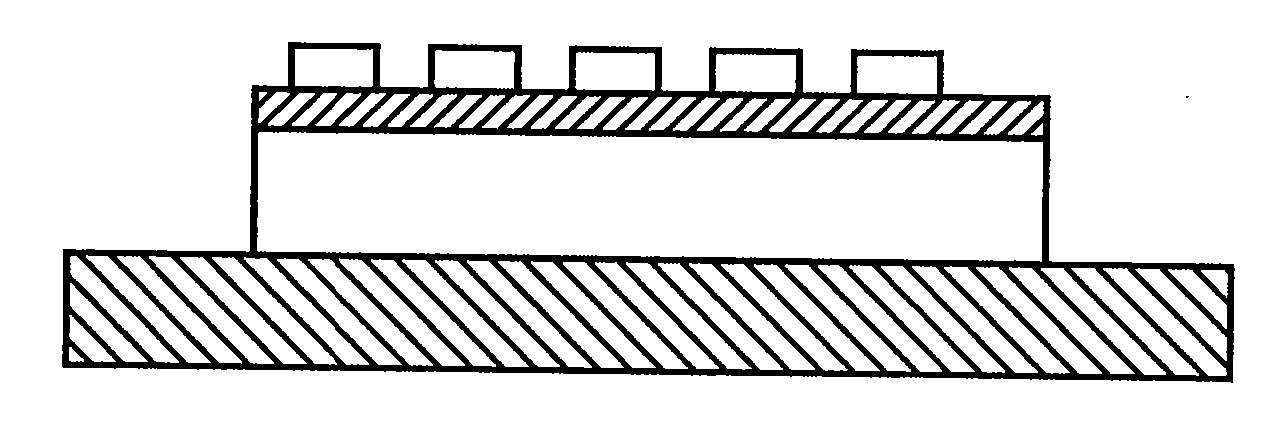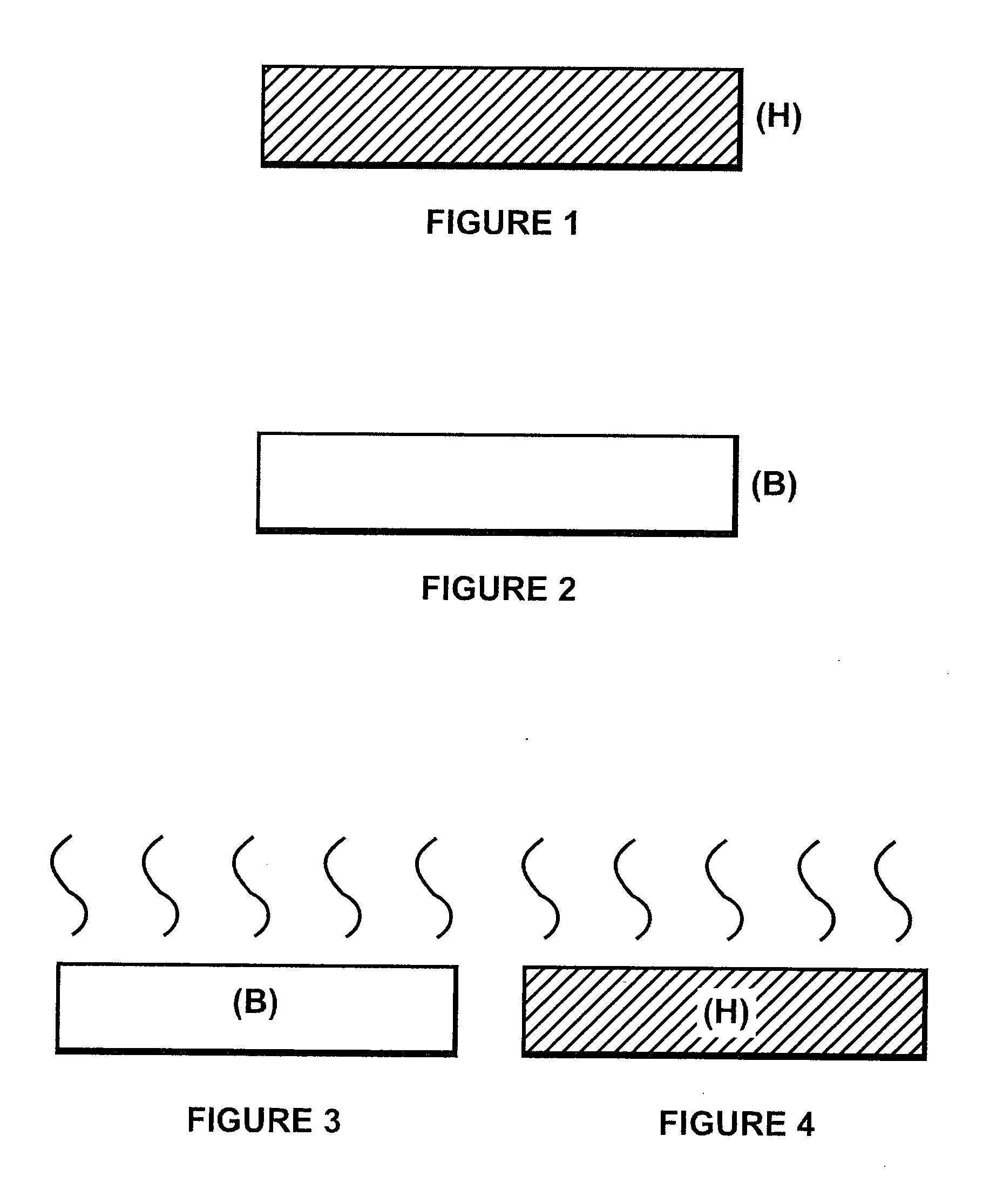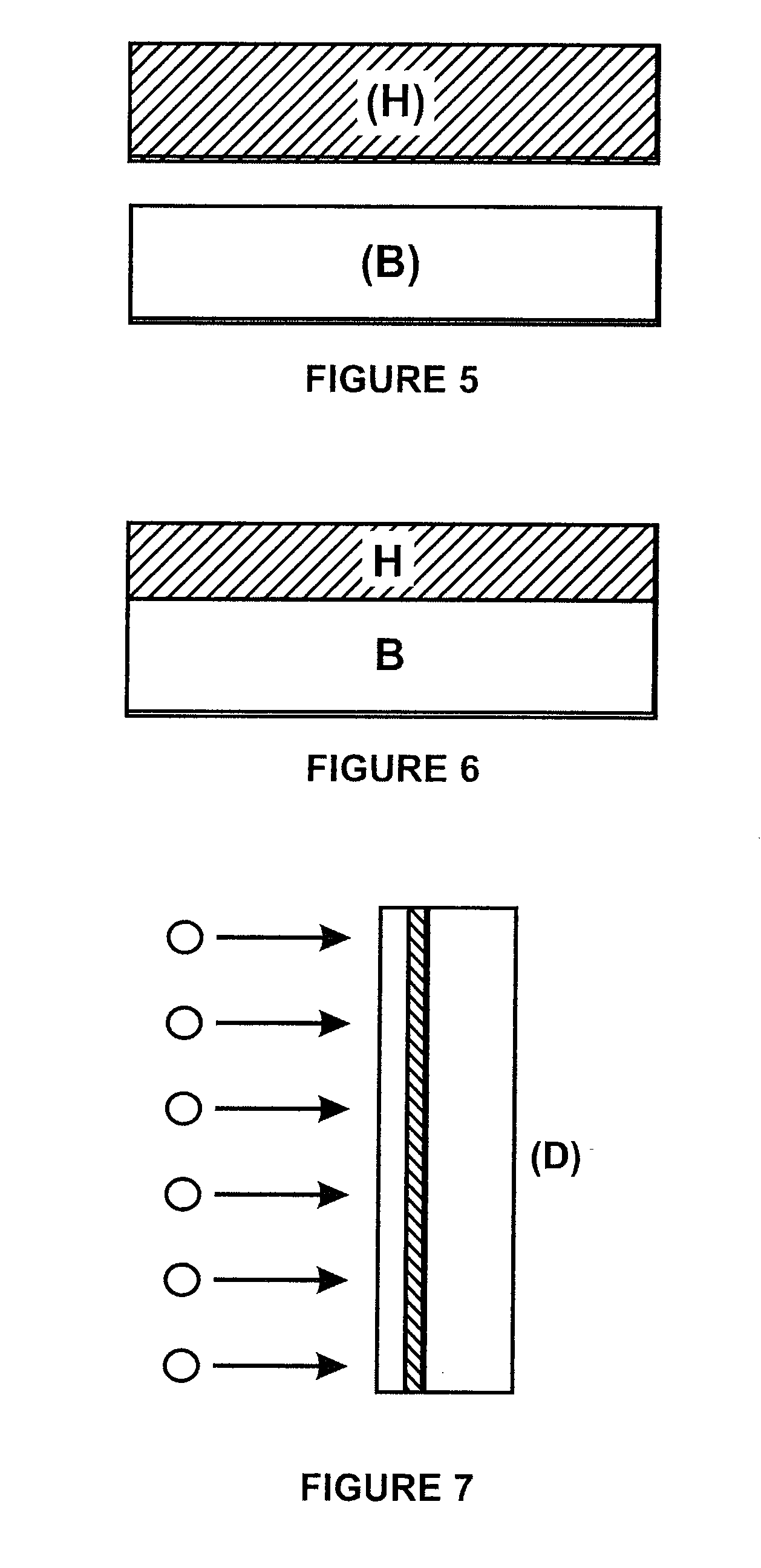Method and structure for fabricating solar cells using a layer transfer process
a layer transfer and solar cell technology, applied in the field of method and structure for fabricating solar cells using a layer transfer process, can solve the problems of not possessing the optimum properties of highly effective solar cells, many limitations of solar cells, and difficult manufacturing of materials, so as to achieve a wider range of applicability
- Summary
- Abstract
- Description
- Claims
- Application Information
AI Technical Summary
Benefits of technology
Problems solved by technology
Method used
Image
Examples
Embodiment Construction
[0047] According to embodiments of the present invention, techniques directed to the manufacture of photovoltaic materials are provided. More particularly, one embodiment in accordance with the present invention provides a technique including a method and a structure for forming a solar cell structure using layer transfer techniques for photovoltaic applications. Other embodiments in accordance with the present invention provide a thickening process using a silane type species having a desired deposition rate and thermal budget for the manufacture of photovoltaic devices. While certain embodiments in accordance with the present invention may utilize di-silane or tri-silane type species, depending upon the particular embodiment other silane species can also be used. Depending upon the embodiment, deposition can occur using a variety of techniques including Atmospheric Pressure CVD (APCVD), Atomic Layer CVD (ALCVD) (e.g., Atomic Layer Epitaxy and Atomic layer deposition (ALD)), Aeroso...
PUM
 Login to View More
Login to View More Abstract
Description
Claims
Application Information
 Login to View More
Login to View More - R&D
- Intellectual Property
- Life Sciences
- Materials
- Tech Scout
- Unparalleled Data Quality
- Higher Quality Content
- 60% Fewer Hallucinations
Browse by: Latest US Patents, China's latest patents, Technical Efficacy Thesaurus, Application Domain, Technology Topic, Popular Technical Reports.
© 2025 PatSnap. All rights reserved.Legal|Privacy policy|Modern Slavery Act Transparency Statement|Sitemap|About US| Contact US: help@patsnap.com



